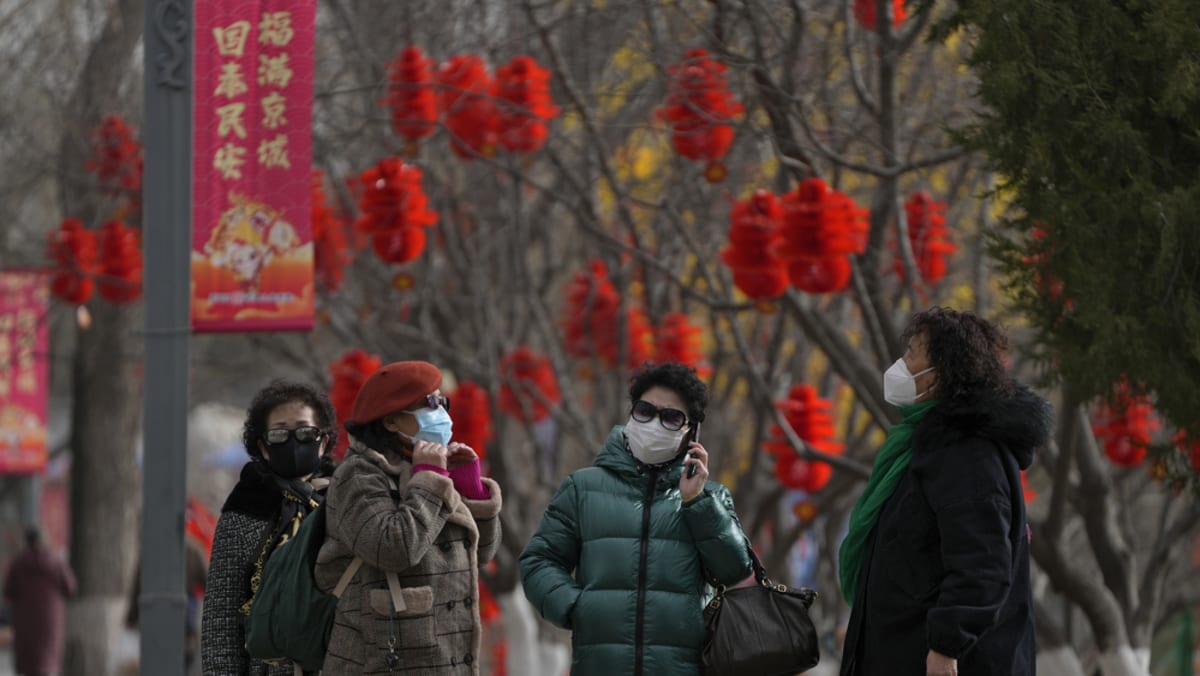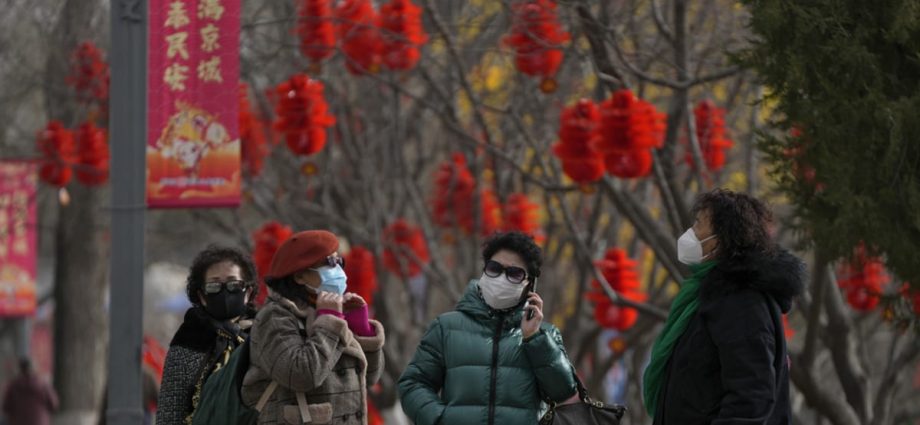
But would this be a realistic goal? Lessons from other countries’ experiences suggest not. Let’s take a look at why.
A RECAP OF HERD IMMUNITY
The herd immunity concept was introduced about 100 years ago to explain why epidemic waves often stop before affecting the whole population.
As a disease such as COVID-19 spreads, more people become infected. Most of them recover and gain infection-induced immunity. Those who become infected increasingly have contact with immune rather than susceptible people. This leads to lower risk of passing on the infection.
The epidemic wave slows down and eventually declines. The decline is caused by a sufficiently large number of people becoming immune, therefore protecting the whole population – or the “herd”. In the 1970s, epidemiologists found a simple formula that predicts the proportion of immune individuals at which the number of infections stops growing.
The formula includes the R number, the average number of people one infected person passes the disease onto. Non-pharmaceutical interventions, like social distancing, lockdowns, or mask-wearing, are aimed at reducing the transmissibility of the virus, lowering the value of R.
The herd immunity threshold also depends on the proportion of people with pre-existing immunity from either previous outbreaks or vaccination. Using these concepts, scientists have designed vaccination strategies that successfully keep contagious diseases such as smallpox, polio, diphtheria and rubella under control.

